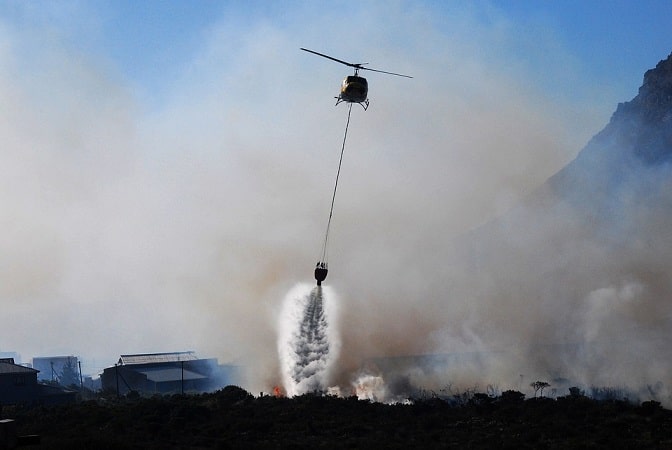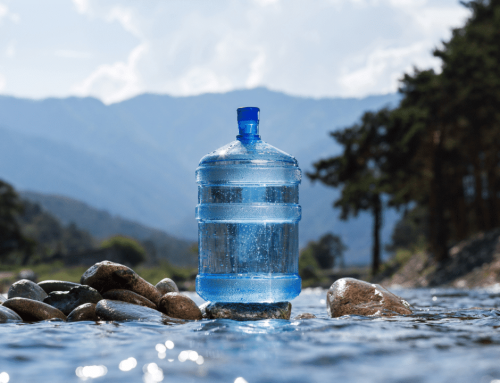Disasters generally manifest through water; floods, landslides, tsunamis, storms, cold spells, heatwaves, droughts and waterborne disease outbreaks are all becoming more and more frequent and also far more intense.
Unplanned urbanisation and the degradation of ecosystem services are exacerbating the costs of these events which pose direct impacts such as damage to buildings, crops and infrastructure, and loss of life and property as well as indirect impacts such as losses in productivity and livelihoods, increased investment risk, indebtedness and human health impacts.
Over the past twenty years, a total of 6,457 weather-related disasters were recorded worldwide, claiming 606,000 lives, an average of some 30,000 per annum; an additional 4.1 billion people were injured, left homeless or in need of emergency assistance.
Despite improvements in preventive efforts, meeting the challenges associated with future water-related disasters remains a central challenge and requires investment in and implementation of good disaster risk-reduction.
Climate change, deforestation, rising populations, loss of wetlands and rising sea levels are expected to increase the number of people vulnerable to flood disaster to 2 billion by 2050. The rising economic cost and toll of disasters should provide a significant incentive for humanitarian organisations and governments to place more focus on prevention, preparedness and addressing the cause of any vulnerability.
Flooding alone accounted for 47% of all weather-related disasters (1995-2015), affecting 2.3 billion people, the majority of whom (95%) live in Asia. Floods strike in Asia and Africa more than other continents, but pose an increasing danger elsewhere.
Storms, including hurricanes, cyclones and storm surges, killed more than 242,000 people between 1995 and 2015, making storms the most deadly type of weather-related disaster in the past 21 years.
Drought affects Africa more than any other continent, with 136 events recorded on the continent between 1995 and 2015 (41% of the global total). Some droughts last for years, causing widespread agricultural failures, loss of livestock, water shortages, outbreaks of epidemic diseases, and extensive and long-term economic impacts, as well as displacing large sections of the population.
Get water coolers and water delivery London from Living-Water.






